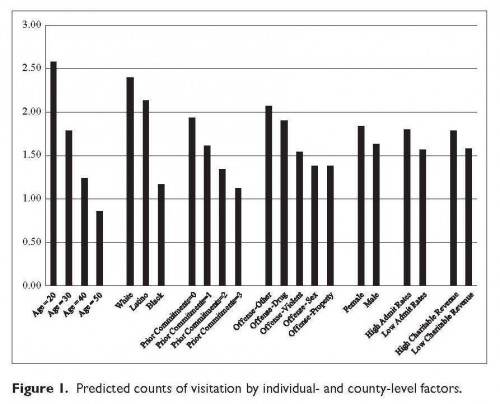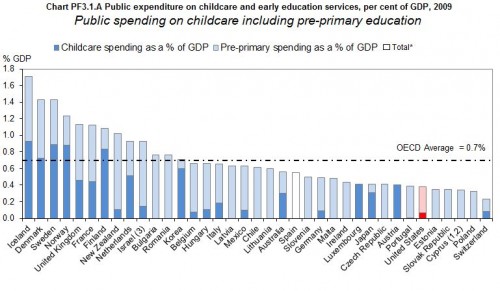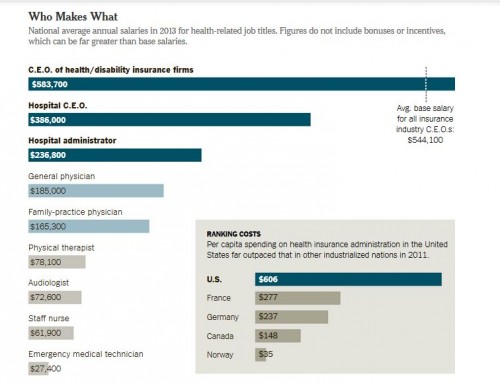
President Trump recently declared that Obamacare is “essentially dead” after the House of Representatives passed legislation to replace existing health care policy. While members of the Senate are uncertain about the future of the proposed American Health Care Act (AHCA) — which could ultimately result in as many as 24 million people losing their health insurance and those with pre-existing conditions facing increasing health coverage costs — a growing number of Americans, especially women, are sure that the legislation will be bad for their health, if enacted.
On the same day that the House passed the Republican-backed plan, for example, a friend of mine revealed on social media that she had gotten her yearly mammogram and physical examination. She posted that the preventative care did not cost anything under her current employer benefit plan, but would have been prohibitively expensive without insurance coverage, a problem faced by many women across the United States. For instance, the American Cancer Society reports that in 2013 38% of uninsured women had a mammogram in the last two years, while 70% of those with insurance did the same. These disparities are certainly alarming, but the problem is likely to worsen under the proposed AHCA.
Breast care screenings are currently protected under the Affordable Care Act’s Essential Health Benefits, which also covers birth control, as well as pregnancy, maternity, and newborn care. The proposed legislation supported by House Republicans and Donald Trump would allow individual states to eliminate or significantly reduce essential benefits for individuals seeking to purchase health insurance on the open market.
Furthermore, the current version of the AHCA would enable individual states to seek waivers, permitting insurance companies to charge higher premiums to people with pre-existing conditions, when they purchase policies on the open market. Making health insurance exorbitantly expensive could have devastating results for women, like those with a past breast cancer diagnosis, who are at risk of facing recurrence. Over 40,000 women already die each year from breast cancer in our country, with African-American women being disproportionately represented among these deaths.
Such disparities draw attention to the connection between inequality and health, patterns long documented by sociologists. Recent work by David R. Williams and his colleagues, for instance, examines how racism and class inequality help to explain why the breast cancer mortality rate in 2012 was 42% higher for Black women than for white women. Limiting affordable access to health care — which the AHCA would most surely do — would exacerbate these inequalities, and further jeopardize the health and lives of the most socially and economically vulnerable among us.
Certainly, everyone who must purchase insurance in the private market, particularly those with pre-existing conditions stand to lose under the AHCA. But women are especially at risk. Their voices have been largely excluded from discussion regarding health care reform, as demonstrated by the photograph of Donald Trump, surrounded by eight male staff members in January, signing the “global gag order,” which restricted women’s reproductive rights worldwide. Or as illustrated by the photo tweeted by Vice-President Pence in March, showing him and the President, with over twenty male politicians, discussing possible changes to Essential Health Benefits, changes which could restrict birth control coverage, in addition to pregnancy, maternity, and newborn care. And now, as all 13 Senators slated to work on revisions to the AHCA are men.
Women cannot afford to be silent about this legislation. None of us can. The AHCA is bad for our health and lives.
Jacqueline Clark, PhD is an Associate Professor of Sociology and Chair of the Sociology and Anthropology Department at Ripon College. Her research interests include inequalities, the sociology of health and illness, and the sociology of jobs, work, and organizations.








